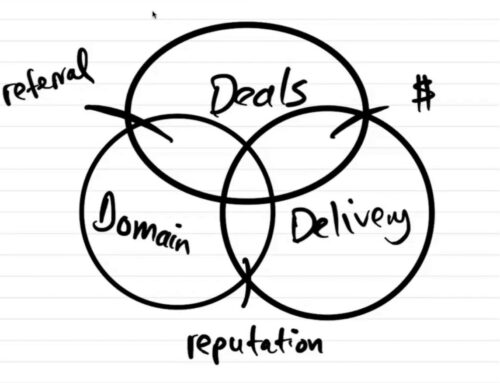Aligning Technology and Your Vision, Mission and Values, with Chris Doig
Why does aligning technology and your vision, mission and values matter to the success of your business? Chris Doig is here to tell us.
Chris’ company, Wayferry, specializes exclusively in software evaluation. Based on their research and data analysis they help companies select the right software to align with the clients’ needs, values, mission and vision.
On this episode, Chris explains how Wayferry began, how they work with their clients and what his book is all about. Join us to hear the details on this edition of CTO Studio.
In this episode, you’ll hear:
- Why is money just a by-product and not the real source of satisfaction?
- How software frees up people’s creativity.
- How does his company use software engineering?
- What is the curse of knowledge and how does it apply to IT?
- Why does high level advice fail?
- And so much more!
We jumped straight into a discussion about aligning technology with business values. Chris explains the purpose of the mission and the vision of the business is to guide the settings of your objectives and your goals. People often don’t realize there’s a difference between a mission statement and a vision. The difference boils down to this: a mission and a vision are similar concepts in that they are things you can’t achieve except in a trivial sense.
A great example of this is Microsoft. In the late 80s and early 90s, Microsoft had a so-called vision of a PC on every desktop and in every home. When they achieved it in 1997 or 1998 they didn’t know what to do and that’s when Microsoft lost their way in the marketplace.
When Steve Jobs rejoined Apple in 1997, he had a mission to make technology accessible to the every day person. He introduced the iPod, the iPhone and the iPad. After each creation the mission remained in place, and that’s how he was able to turn Apple into the most valuable company in the world.
What it boils down to is the vision organizes the mission, the objectives and the goals you can achieve.
Values also come into play: the function of the vision and the mission is to translate the values into objectives and things you can do to express those values. So when you’ve got the values of the business, the vision and the mission to guide the setting of the objectives and you make sure everything fits within that then the whole of it comes together and you keep everything aligned.
From there we dig into his story of founding Wayferry. When we spoke recently I was intrigued by his mission and what he wants to do with his company to help CTOs and CIOs of large tech companies.
Chris explains Wayferry’s beginnings by telling us what motivates him personally and why he founded the company. He enjoys helping people, his greatest satisfaction comes from helping companies buy the right software and it transforms their business.
Wayferry helped one particular client select their call center software and to start off the project Chris asked the head of the call center what she was looking for. She said in call centers metrics are absolutely everything and she wanted a 20% improvement in their metrics. In fact, she said she would love a 50% improvement in their metrics.
So Wayferry helped them select their software and implement it. About a month later Chris checked in with the head of the call center and asked her how it was going. She told him they had had a 300% improvement in metrics! For him that was music to his ears.
He goes on to describe how Wayferry looks at a business’ tools as a whole, including development. His team works with companies when they’ve outgrown their own decision-making capabilities, and when a company is being proactive about their tools.
I asked if he finds that the people who approach him do they know they need his services?
He says they don’t usually know consulting services like his exist. He finds most vendors they talk to remark on how valuable Wayferry’s services are but very few potential customers see it.
In his experience he says the more involved in IT people are the more they think they know it all and they don’t realize the depth that is in the subject. He says he didn’t realize it until he started working, and he used to track his time. He spent over 10,000 hours on this subject in the last few years, and when you do that you end up with learning about it!
In essence people know what they need where they are at (for example they know what they need as a $50 million company), but they don’t know where to go beyond that, once they’ve outgrown their existing structures. And they don’t know how to find out what their requirements are beyond their present state.
One of the innovations they’ve pioneered is the concept of reverse engineering from his background in engineering. He gives another real-life example of reverse engineering from his company. We also discuss why companies generally shouldn’t build their own software nor customize the software they buy before finishing with a chat about his book. It’s all here on today’s edition of CTO Studio!
Episode Resources:
Share This Story, Choose Your Platform!
Related Podcasts




